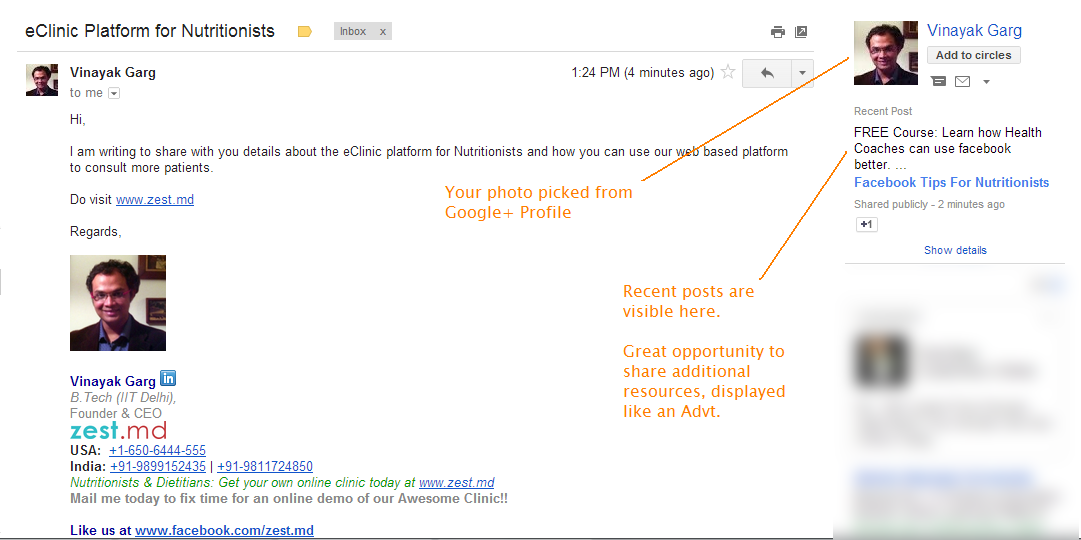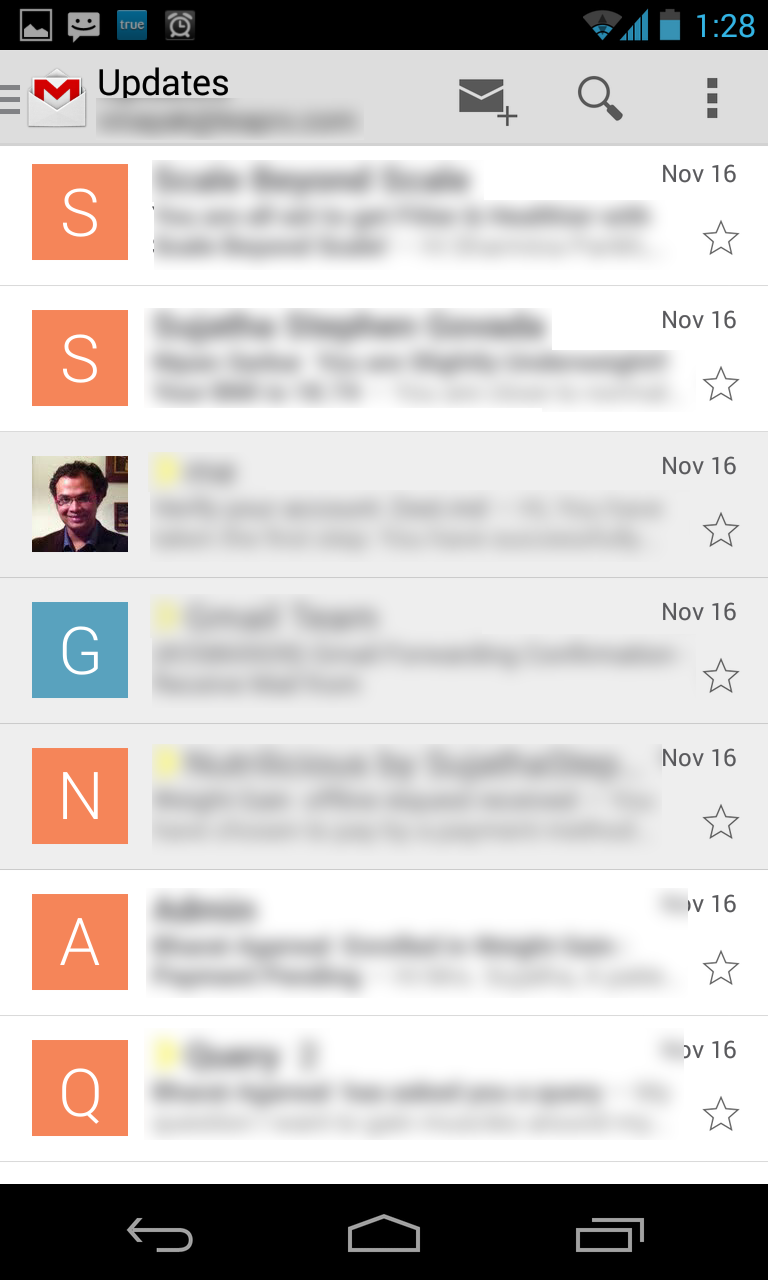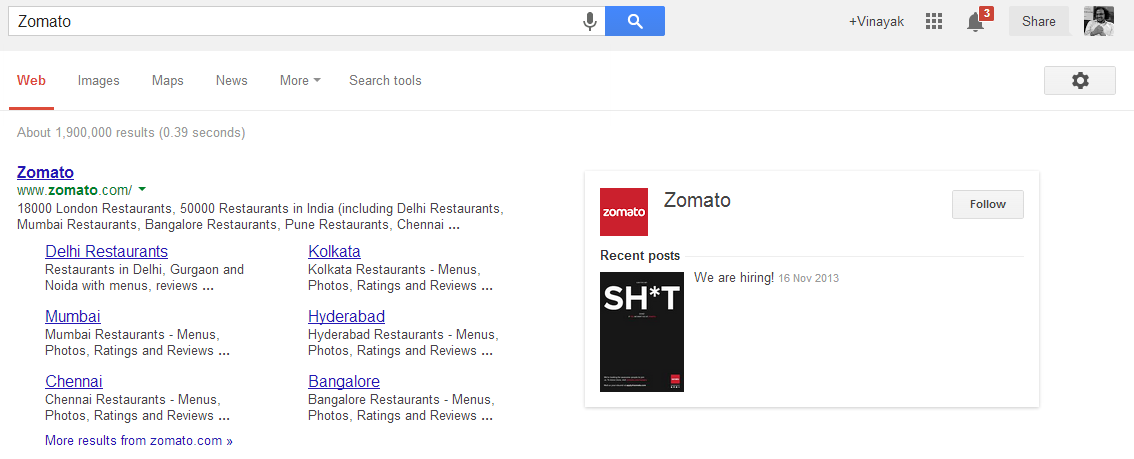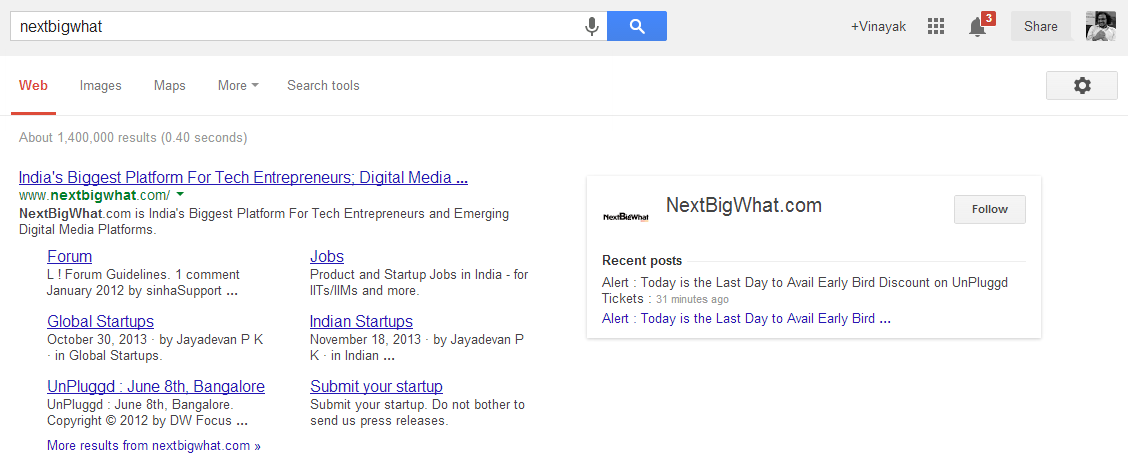When you’re starting up a new venture, it’s easy to become overwhelmed. Sometimes, it seems as though your startup is running you, not the other way around.
For me, this meant spending too many hours a week working where I wasn’t needed. Tim Ferriss’s book, “The 4-Hour Workweek,” hit me in the right place at the right time and helped me become an efficient leader (instead of an exhausted one).
If this is the first time you’re hearing the name Tim Ferriss, chances are it won’t be the last. A successful startup founder in his own right and a prolific angel investor, Tim’s biggest success comes from his skill at lifestyle design: managing your life to be your most productive without losing sight of your priorities.
After he founded his nutritional supplement company, BrainQUICKEN, Tim Ferriss went on to write “The 4-Hour Workweek,” which became an enormous success in the Silicon Valley tech scene. Like many startup founders, Tim had been running himself ragged, devoting nearly all his time to running his company.
It was only when he reevaluated where he was actually needed that he began to realize that more did not necessarily equal better. I took the lessons in this book to heart and still use many of the techniques he evangelizes today.
What I Learned From Tim Ferriss (and How It Can Help You)
The law of the “vital few and trivial many” is a recurring theme in “The 4-Hour Workweek,” and it’s the jumping-off point to changing how you do business.
Ferriss uses what is known as the Pareto Principle, or the 80/20 rule. As used in Ferriss’s book, the 80/20 principle means that 80 percent of your output is a result of only 20 percent of your input. In other words, 80 percent of your efforts are misguided or wasted; it’s the vital 20 percent you should be focusing your energy on.
The 80/20 principle isn’t about cutting corners or working less, but working smarter. It taught me to analyze where I was most useful and concentrate my efforts there, freeing up the rest of my time to recharge or work on other things.
There are a few practical ways to discard your wasted “80 percent” activities so you can achieve real productivity.
1. Manage by Absence
This might be the hardest thing for a startup founder to do, but it’s also the most important. Step away from managing things for a while, and see what starts to fall apart. It sounds dramatic, but the fact is that once you’ve set the wheels in motion, many aspects of the business can run on a daily basis without your oversight. When you can see what those things are, you can put your efforts to better use.
2. Interrupt Interruption
Another thing that prevents you from achieving 80/20 is the sheer amount of distraction in everyday life. The habit of constantly checking the news or social media, refreshing your inbox multiple times per hour, and trying to keep up with the flow of information online can trick you into feeling productive without actually getting anything done.
In the “The 4-Hour Workweek,” Tim discusses going on a low-information diet where you essentially tune out news and time-sucking distractions altogether. To keep yourself off social media and other time-wasters online, try StayFocusd for Chrome or LeechBlock for Firefox.
Stop answering the phone, and direct calls to your email. To avoid becoming a slave to your inbox, use a tool like SaneBox or Mailbox to categorize your emails and have them reappear automatically if you need a reminder.
3. Don’t Be Afraid to Outsource
Outsourcing can be a dirty word, and, in some situations, it’s warranted. But outsourcing doesn’t just refer to manufacturing and customer support. In this context, it’s more about delegating. It’s easy to find skilled freelancers and virtual assistants online who can do basic tasks at a lower cost. (Tim even outsourced his online dating.)
While this is an extreme example, eliminating the busywork from your life — and from your key employees’ lives — means you can increase your efficiency and allow everyone to focus on the most important things.
4. Get Analytical
Part of what makes Tim brilliant is that he’s all about experimentation. He’s a scientist of business, writing, cooking, and exercise to find the most efficient way to do things. Think of it as A/B testing your life and making small changes that have a big cumulative effect on the way you manage your time.
The underlying lesson I took from “The 4-Hour Workweek” is the notion that you can define your own reality. It’s not just about having goals; it’s about going back to the beginning and figuring out the steps that will take you where you want to go.
For me, utilizing the 80/20 principle allowed me to go from working on one startup 40-50 hours per week to working 12 hours a week. Not only did I work more efficiently, but I used the extra time to start another company with profits that were 10 times that of the business I’d been spending the whole week on.
Spending time where you’re most needed and cutting out everything else can open up a world of possibilities for you. You just have to be willing to step back and unabashedly change your daily reality.
Stephan Aarstol is the CEO and founder of Tower Paddle Boards, an online, manufacturer-direct brand in stand up paddle boarding. Tower Paddle Boards was invested in by Mark Cuban on ABC’s “Shark Tank,” was named one of the show’s “Top 10 Success Stories” by Entrepreneur Magazine, and was featured by People Magazine as one of “Shark Tank’s Biggest Winners.” Stephan is an entrepreneurial thought leader and online marketing expert, and he welcomes anyone to reach out to him on Google+.














